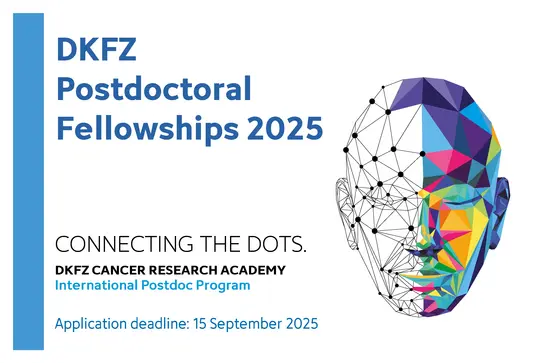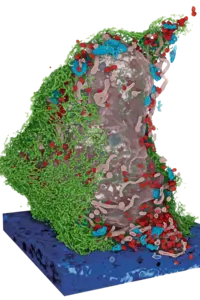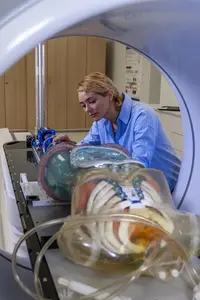Research for a life without cancer
At the DKFZ, we want to ensure that fewer people develop cancer, that cancer can be cured or treated so effectively that those affected can live with the disease and grow old with a good quality of life.
About DKFZ






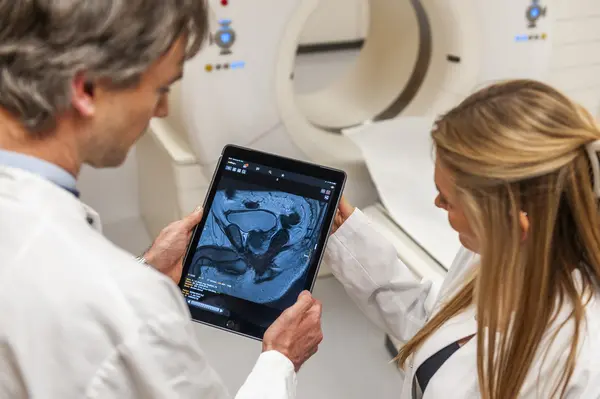

Latest from DKFZ
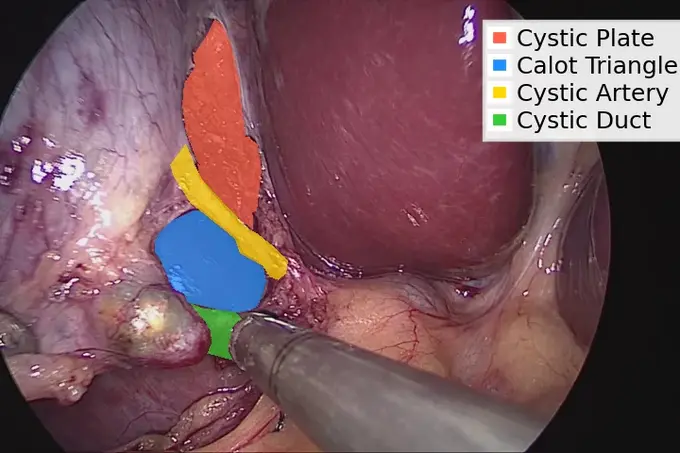
Researchers at the German Cancer Research Center (DKFZ) have achieved outstanding success at this year's world-leading forum for medical image processing and computer-assisted intervention. Two DKFZ departments competed in eight international AI competitions – and won seven of them. The successes cover key areas of oncology – from early detection and diagnosis to therapy support and follow-up care.







Our research opens doors in the fight against cancer


Do you have questions on the topic of cancer?
Let us advise you!
Doctors from the Cancer Information Service answer your questions every day. Find out more now for free!
0800 - 420 30 40 daily from 8 a.m. to 8 p.m.
